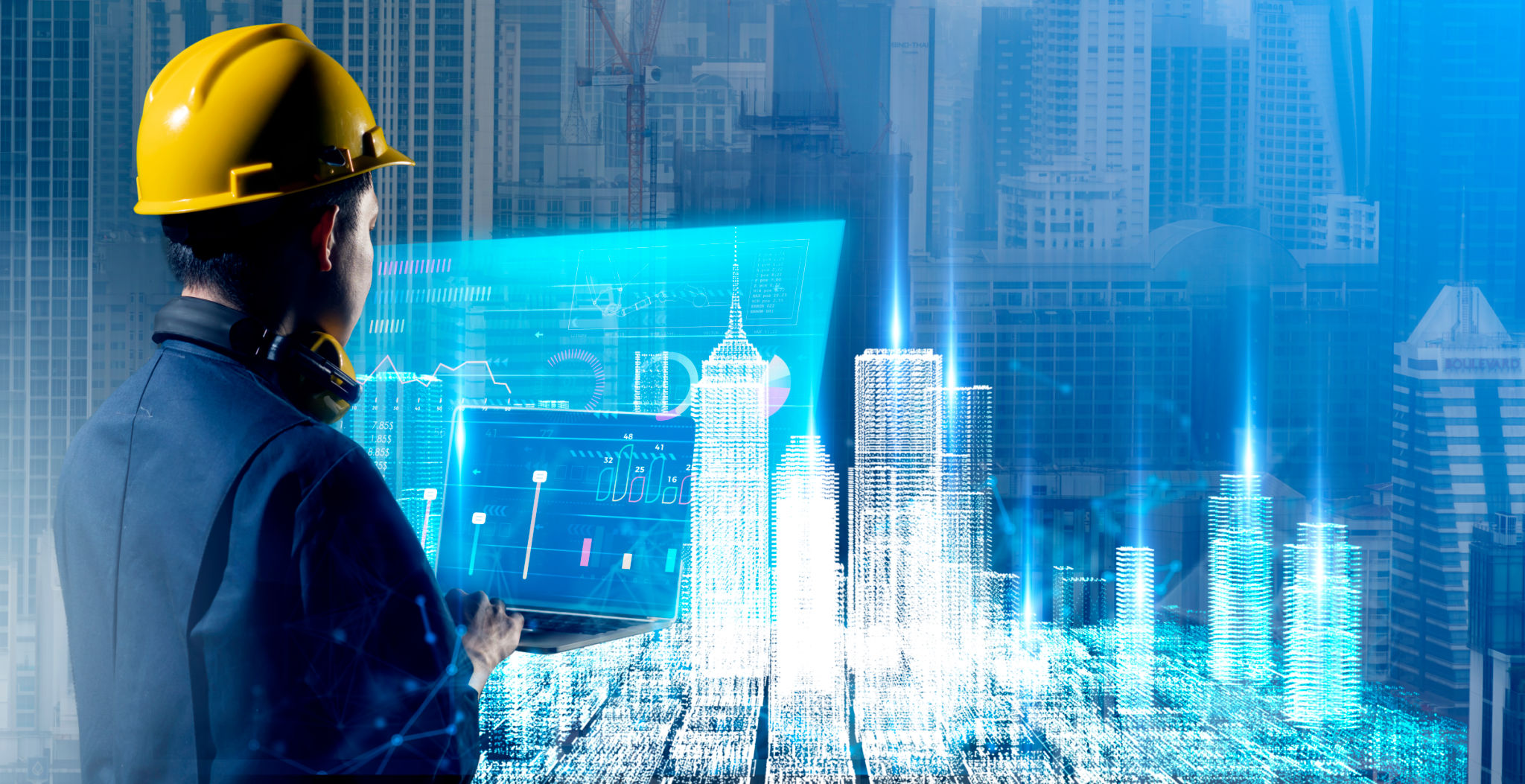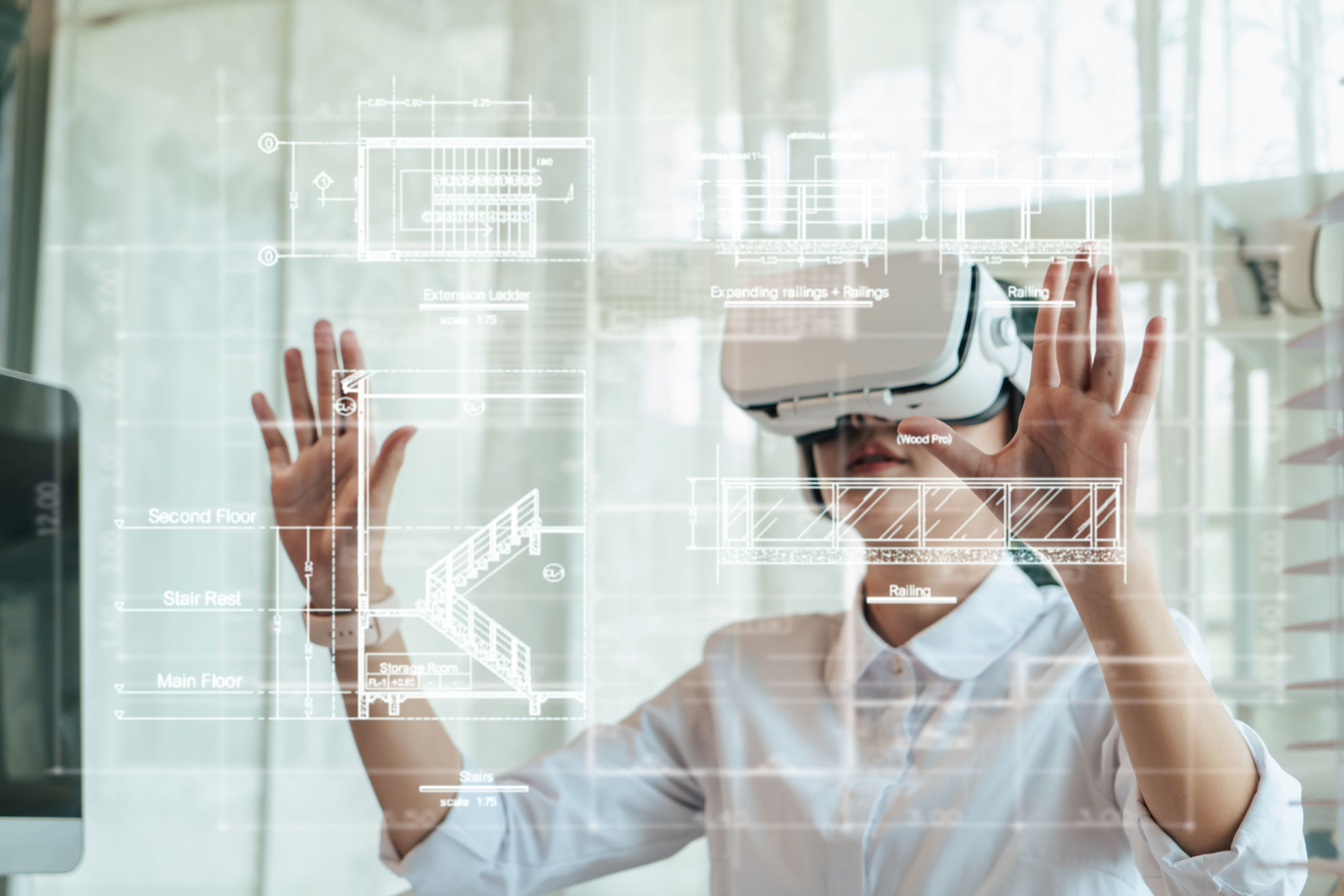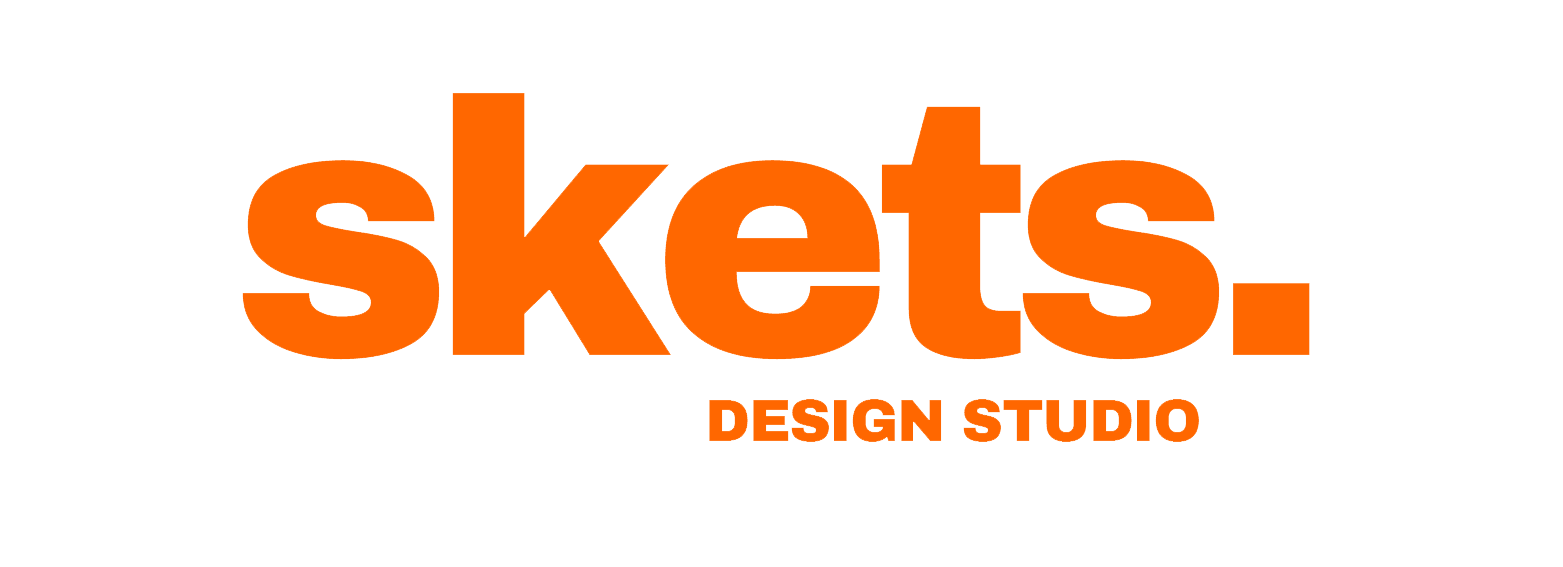The Future of Architectural Design in an AI-Driven World: How SKETS is Embracing Innovation
In an era where Artificial Intelligence (AI) is revolutionising industries, the world of architecture is no exception. From automating repetitive tasks to generating intricate designs, AI is transforming how architects approach their work. However, while AI can enhance efficiency and precision in architectural design, it is the fusion of human creativity and technology that will define the future. At SKETS, we are committed to leveraging AI’s capabilities while maintaining the essential human touch that makes each project unique and tailored to client needs.
The Role of AI in Modern Architecture
AI is quickly becoming a game-changer in the architectural industry, assisting in everything from concept creation to project management. With AI-powered software, architects can generate designs faster, optimise layouts based on environmental data, and even predict how a building will age over time. This technology allows for real-time adjustments, leading to more sustainable and cost-efficient structures.
However, the true potential of AI in architecture lies in its ability to analyse vast amounts of data and propose solutions that might not have been considered through traditional methods. For example, AI can simulate a building’s interaction with its surroundings, offering insights into energy efficiency, natural light, and structural integrity. This helps create smarter, more eco-friendly designs that align with modern sustainability goals.

How SKETS is Harnessing AI for Architectural Excellence
At SKETS, we understand the immense value that AI brings to the architectural process. Our team integrates AI-driven tools into our design workflows, allowing us to push creative boundaries while ensuring precision and functionality. With advanced AI software, we can test design concepts against thousands of variables, saving time and providing clients with more accurate visualisations early in the project.
AI in 3D Modelling and Virtual Reality (VR): One of the key ways SKETS is embracing AI is through 3D modelling and VR experiences. AI-powered software can quickly generate detailed 3D models, providing clients with immersive walkthroughs of their spaces long before construction begins. This technology helps eliminate guesswork and allows clients to experience and adjust designs in real time.
Automation of Repetitive Tasks: By automating routine tasks such as drafting, rendering, and structural analysis, our team can focus more on the creative and problem-solving aspects of design. This balance of efficiency and innovation ensures we consistently deliver high-quality architectural solutions that align with the latest trends and technologies.

Why the Human Factor Still Matters
While AI is undoubtedly reshaping the architectural landscape, there is one element it cannot replicate—human creativity and emotional intelligence. Architecture is not just about building structures; it’s about creating spaces that resonate with the people who use them. Understanding a client’s vision, preferences, and emotions requires a level of personal engagement that AI simply cannot offer.
At SKETS, we believe that every project begins with a conversation. Whether it’s a home designed to reflect a client’s personality or a commercial space tailored to enhance customer experience, the human factor is critical in understanding and translating those desires into a tangible form. While AI assists in optimising and refining designs, it’s the hands-on, client-focused approach that sets us apart.
How SKETS Balances AI Innovation with Human Insight
Our approach at SKETS combines the best of both worlds: cutting-edge AI technology and human expertise. For us, AI is not a replacement but a tool that complements our design process. It enables us to explore more options, ensure sustainability, and deliver projects faster, but it’s our architects and designers who make the critical decisions. Every structure we design is the result of collaboration—between our team, our AI tools, and most importantly, our clients.
This human-centred approach to architectural design ensures that while we embrace the future of technology, we remain grounded in the values of personal service and creativity.
The Future of Architectural Design: AI and Beyond
As AI continues to evolve, its role in architecture will only expand. We can expect to see further innovations in areas like generative design, where AI algorithms create multiple design options based on specific criteria, and AI-driven project management that optimises every stage of the building process. But as these technologies develop, one truth remains: AI will enhance but never replace the human elements of architecture.
SKETS is at the forefront of this evolution, ensuring that while we embrace AI, we continue to prioritise client relationships, creativity, and the human touch that makes architecture both a science and an art.
Conclusion: Embracing the AI Revolution with SKETS
The future of architecture is bright, with AI offering endless possibilities for innovation. At SKETS, we are excited to harness these technological advancements to provide our clients with more efficient, sustainable, and visionary designs. But we also know that great architecture is about more than just algorithms—it’s about understanding people, their dreams, and their needs.
As we move forward, SKETS will continue to integrate AI into our practice while ensuring that human insight remains at the heart of everything we do. Together, we can shape the future of architectural design in this fast-evolving world.
